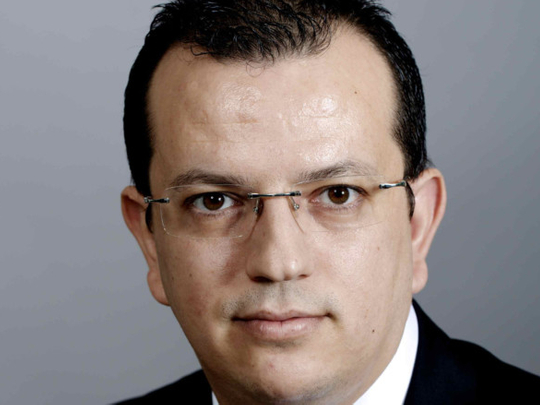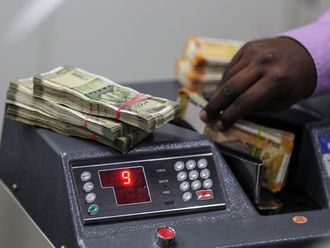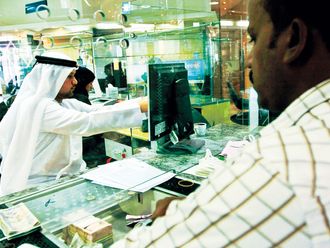
Dubai: The strong asset growth witnessed by the GCC’s Islamic banks in recent years is expected to moderate from this year and converge with the low single-digit growth of their conventional peers, according to a recent assessment by rating agency Standard & Poor’s.
The rating agency expects that in the absence of major geopolitical risks, the financial profiles of Islamic banks across GCC countries will stabilise through 2018.
“We also anticipate that Islamic banks’ asset quality will stabilise by mid-year 2018 with the exception of Qatari banks, where we still see some increasing risks,” said Mohammad Damak, global head of Islamic Finance at S&P Global Ratings.
The ratings agency expects the total asset growth of GCC Islamic lenders to remain in the low single digits over the next 12-24 months, after stabilising at about 4 per cent in 2017.
Asset growth is expected to remain in the low single digits due to slow economic growth, unless oil prices rebound significantly.
Analysts expect to see a steady increase in Islamic banks’ cost of risk due to the adoption of International Financial Reporting Standards (IFRS) 9, or Financial Accounting Standards (FAS) 30 for banks reporting under Accounting and Auditing Organisation for Islamic Financial Institutions’ standards.
“We expect that this increase, combined with the impact of the introduction of value-added tax (VAT) in 2018, will result in a slight decline in GCC Islamic banks’ profitability. At the same time, however, these banks continue to display strong capitalisation by global standards, albeit with signs of quantitative and qualitative deterioration,” said Suha Urgan an analyst at S&P.
To assess the financial performance of Islamic and conventional banks in the GCC, S&P analysts used a sample of 17 Islamic banks and 27 conventional banks with total assets in excess of $1.9 trillion (Dh6.97 trillion) and sufficient financial disclosures. In 2017, Islamic banks displayed strong asset-quality indicators, profitability, and capitalisation by global and regional standards.
Economic headwinds
The end of the triple-digit-oil-price era has significantly slowed GCC economies and reduced growth opportunities for their banking systems. S&P has forecast that oil prices will stabilise at $60 per barrel in 2018 and $55 in 2019, resulting in a modest unweighted average economic growth of 2.5 per cent in 2018-2019, or less than half of the growth they delivered in 2012.
“While overall lending growth slowed down in 2013-2017, Islamic banks saw more rapid growth of 6.9 per cent than the 3.7 per cent we saw for conventional banks. The strong performance of a few Islamic banks in our sample (particularly Kuwaiti, Qatari, and UAE-based Islamic banks) explain this strong overall performance.”
In 2018-2019, analysts expect growth will converge with that of conventional banks, but that Islamic banks will continue to expand at a marginally faster rate.
“We expect the Islamic banks’ financing growth will reach 4 per cent to 5 per cent, supported by strategic initiatives such as the Expo 2020 Dubai, Saudi Vision 2030, the World Cup 2020 in Qatar, and higher government spending in Kuwait led by Kuwait 2035 Vision, the country’s national development plan. A surge in geopolitical risk and ensuing delays of some of these initiatives could negatively affect our base-case scenario,” said Damak.












